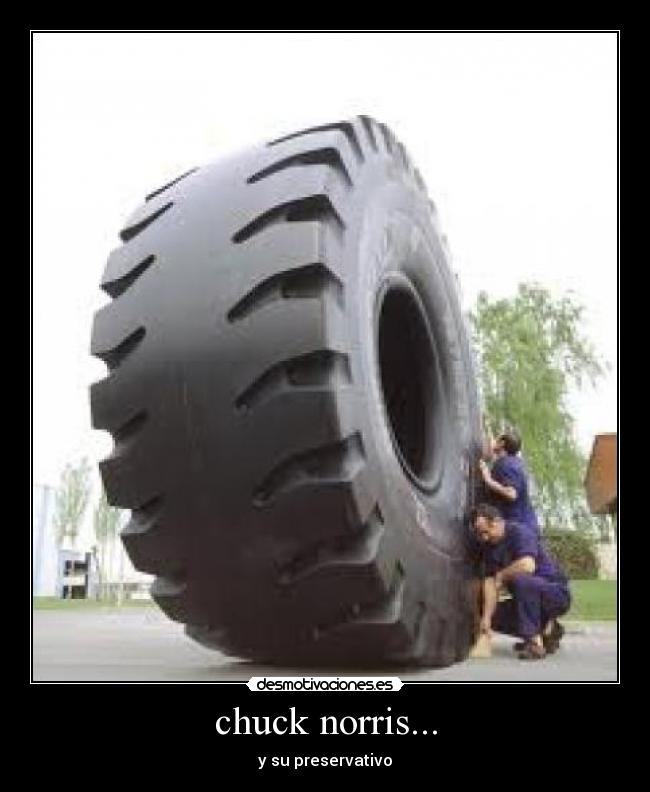Tires over time will age and wear down. The following tips will help you get the most out of your tires:
As tractor tires wear down, you may notice performance and productivity declines. This can result in higher fuel consumption and lost time because energy is lost when the tire slips or loses traction. When your slip starts to increase, then it is often a sign you should consider replacing your tractor tires.
The frequency at which you should replace your tires depends on your local climate. Wetter regions tend to require more frequent tractor tire replacement than dryer regions.
If you start to see cords, then the tire needs to be replaced immediately. Sometimes damaged tires can be repaired — if your tire was damaged, you might be able to save money by having it repaired rather than replacing it. Each instance is different, so it is best to speak with a qualified service person.
Each instance is different, so it is best to speak with a qualified service person.
The largest manufacturers of farm tractor tires include Goodyear, Titan, Carlisle, and Advance. Titan International is one the largest off-highway tire manufacturers, selling tires under the Titan and Goodyear brand names.
Tractor tires come in many shapes and sizes. When you change your tires, you should check your existing tires and make sure your new tires will fit properly. Tractor tires use three different formats: Standard, Radial and Metric.
An example of tractor tire size expressed in Standard format would be “20.8-42”. The “20.8” means the tire is 20.8 inches wide and the “42” indicates the tire fits a 42-inch diameter wheel. The dash “-” indicates the tire construction is bias-ply (an "R" would be used if the tire were radial).
Tractor tire sizes are stated in Standard (Imperial measurement, inches), Radial, and Metric (millimeters) Sizes. You should first establish which measurement your tire uses, and then you can use the chart below to reference the tire size you need.
You should first establish which measurement your tire uses, and then you can use the chart below to reference the tire size you need.
We have included a basic tire conversion chart below. To convert from metric to imperial (millimeters to inches), you can divide the number by 25.4 to get the inches equivalent. To convert from imperial to metric, multiple by 25.4 to get the millimeter equivalent.
| Standard Size | Radial Size | Metric Size |
| 11.2X20 | 11.2R20 | 280/85R20 |
| 12.4X20 | 12.4R20 | 320/85R20 |
| 9.5X24 | 9.5R24 | 250/85R24 |
| 11.2X24 | 11.2R24 | 280/85R24 |
12. 4X24 4X24 | 12.4R24 | 320/85R24 |
| 13.6X24 | 13.6R24 | 340/85R24 |
| 14.9X24 | 14.9R24 | 380/85R24 |
| 16.9X24 | 16.9R24 | 420/85R24 |
| 18.4X26 | 18.4R26 | 420/85R26 |
| 11.2X28 | 11.2R28 | 280/85R28 |
| 12.4X28 | 12.4R28 | 320/85R28 |
| 13.6X28 | 13.6R28 | 340/85R28 |
| 14.9X28 | 14.9R28 | 380/85R28 |
| 16.9X28 | 16.9R28 | 420/85R28 |
| 14.9X30 | 14. 9R30 9R30 | 380/85R30 |
| 16.9X30 | 16.9R30 | 420/85R30 |
| 420/90R30 | ||
| 18.4X30 | 18.4R30 | 460/85R30 |
| 12.4X32 | 12.4R32 | 320/85R32 |
| 12.4X34 | 12.4R34 | 320/85R34 |
| 14.9X34 | 14.9R34 | 380/85R34 |
| 16.9X34 | 16.9R34 | 420/85R34 |
| 18.4X34 | 18.4R34 | 460/85R34 |
| 20.8X34 | 20.8R34 | 520/85R34 |
| 12.4X36 | 12.4R36 | 320/85R36 |
13.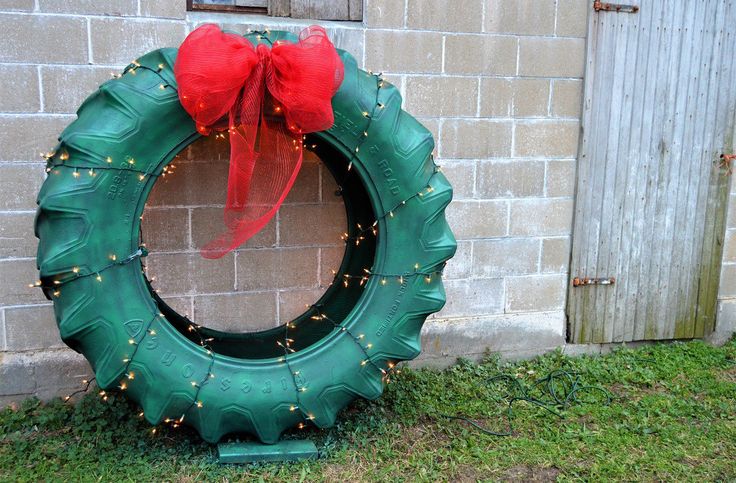 6X36 6X36 | 13.6R36 | 340/85R36 |
| 13.6X38 | 13.6R38 | 340/85R38 |
| 14.9X38 | 14.9R38 | 380/85R38 |
| 16.9X38 | 16.9R38 | 420/85R38 |
| 18.4X38 | 18.4R38 | 460/85R38 |
| 20.8X38 | 20.8R38 | 520/85R38 |
| 18.4X42 | 18.4R42 | 460/85R42 |
| 20.8X42 | 20.8R42 | 520/85R42 |
| 20.8X46 | 20.8R46 | 520/85R46 |
Source: Ken Jones Tires
Tractor tire tread options
Preventing tire dry rot
#agriculture #tractors #guides
Reading Time: 5 minutes
Different sized tractors call for different tractor tire sizes, and styles for that matter.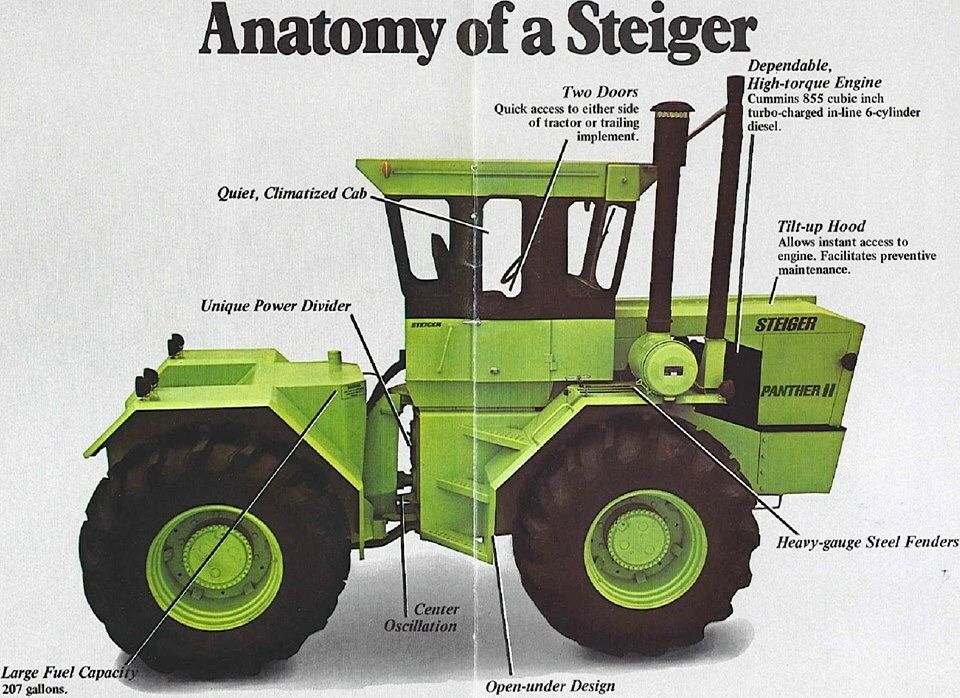 Understanding the gibberish printed on the sidewall of your tires is your first step to understanding what you need to buy to properly shod your mechanical workhorse. The second step to picking replacements for your worn out tires is understanding your options and matching those options to your needs, since what your tractor came with from the factory may not be the best tire to do what you need it to do today.
Understanding the gibberish printed on the sidewall of your tires is your first step to understanding what you need to buy to properly shod your mechanical workhorse. The second step to picking replacements for your worn out tires is understanding your options and matching those options to your needs, since what your tractor came with from the factory may not be the best tire to do what you need it to do today.
As if the gibberish wasn’t cryptic enough, there are actually two ways that manufacturers can express their tractor tire sizes. One method uses the “standard” format and the other is the “metric” format. The standard method of size expression is relatively simple, but not as descriptive as metric.
An example of tractor tire sizes expressed in the standard format would be “14.9-42”. The “14.9” means the tire is 14.9 inches wide and the “42” tells us that this tire fits a 42-inch diameter wheel. The dash “-” indicates the tire construction is bias-ply, but this could be an “R” if the tire is radial.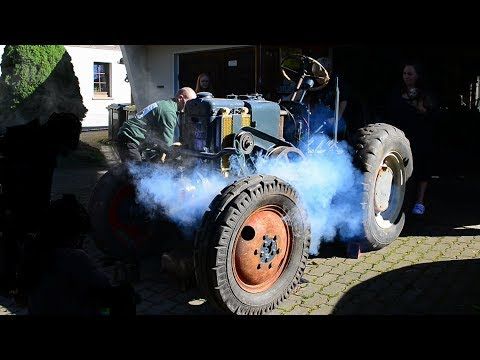 This example is actually the tire size I have on the rear of my 4×4 diesel tractor.
This example is actually the tire size I have on the rear of my 4×4 diesel tractor.
A metric tractor tire sizes expression may look something like “520/85R42.” The “520” part means the tire is 520mm wide, “R” means it’s a radial tire, and “42” is the rim size expressed in inches, just like the standard method. That wasn’t too hard … but wait, there’s more!
The “85” in the metric example is a ratio, represented as a percentage. Usually, when we write out a ratio, we use a colon to express it like “16:9” which is a common size ratio for computer screens, or “4.10:1” which is a common axle gear ratio, but that’s not how it’s done on tractor tires. “85” means 85 percent, which tells us that the tire’s sidewall height is equal to 85 percent of the tire’s width. A tire that is labeled “520/85R42” has a sidewall height of 442mm (520 x 0.85 = 442). This percentage is called the “aspect ratio” of the tire, which is useful to know when calculating how to properly ballast tractor tires.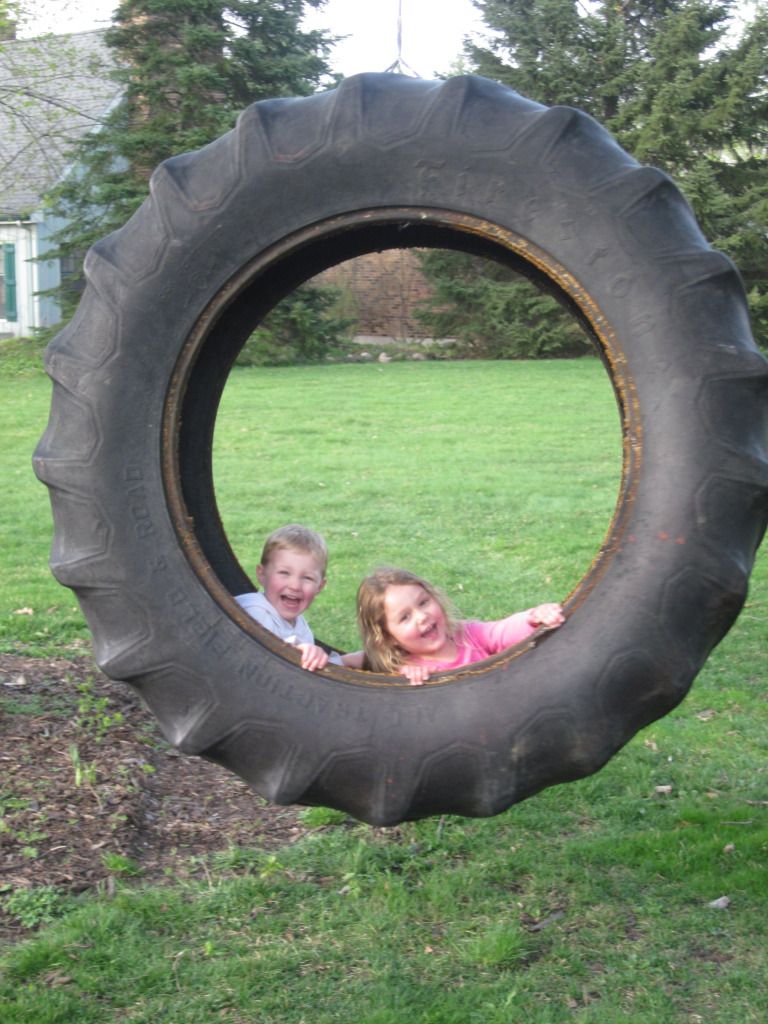
Let’s expand on the Metric example; you may see something like “520/85-42 158 A8 R1” printed on the sidewall of your tire. “520” is still the width, “85” is the aspect ratio, the dash “-” signifies that this is a bias-ply tire, “42” is the diameter of the wheel, but now we have more numbers. “158” is a load index number (which equates to 9,350 pounds), “A8” is a speed index number (A8 means you can go up to 25 MPH with this tire), and “R1” tells you what tread style the tire features (R1 is your standard agricultural cleat tire).
Bias-Ply tires are an old design that has largely been abandoned by the automotive industry. Originally the term “bias-ply” referred to the embedded cotton cloth that was layered atop of each other, placed at a biased angle to each other so the woven cotton threads didn’t all go in the same direction, which made them more resilient than if they were all in line.
“Modern” bias-ply tires use cords that are embedded in the tire, strung side to side and at various angles to each other.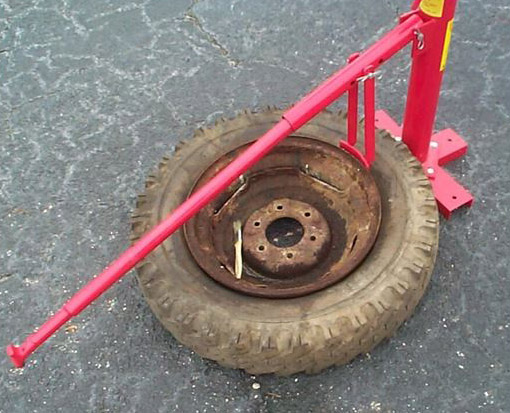 Bias-ply tires offer good performance at low speeds and are arguably the tougher tire design, but what is beyond arguing is the fact that these tires cost less to produce than their high-tech radial successors. Many tractors still come from the factory with bias-ply tires, mostly as a cost-savings measure, but also because of their tougher design, especially in the sidewalls, which makes them more puncture resistant than radial tires.
Bias-ply tires offer good performance at low speeds and are arguably the tougher tire design, but what is beyond arguing is the fact that these tires cost less to produce than their high-tech radial successors. Many tractors still come from the factory with bias-ply tires, mostly as a cost-savings measure, but also because of their tougher design, especially in the sidewalls, which makes them more puncture resistant than radial tires.
Radial tires are named for their steel cord structure, which unlike bias-ply tires, keep all their cords in once direction, following the circumference of the tire. Radial tires offer better traction, better weight distribution across tread width, a longer tread life and better road manners than their bias-ply predecessors. Their main drawback would be the extra cost associated with their production, which is why they haven’t usurped biased ply tires completely in the agricultural market, and the fact that bias-ply tires still make for a tougher, less puncture prone tire. Radial tires offer many more benefits to road vehicles like your car or pickup truck, but these benefits are seldom realized in a tractor tire that will never see speeds beyond 30 mph.
Radial tires offer many more benefits to road vehicles like your car or pickup truck, but these benefits are seldom realized in a tractor tire that will never see speeds beyond 30 mph.
Modern tires use load index numbers to express their maximum load capacity. These numbers can be found on tires labeled with the metric sizing method. These load rating numbers correspond to the international load index chart, which will decode this number into actual weights.
Radial tires that use the standard sizing method have a star rating system, rewarding the tire with either a one, two or three-star rating which corresponds with their intended inflation pressure; 18 psi, 24 psi and 30 psi respectively. Load ratings will vary depending on the tractor tire sizes and star ratings, but this is usually marked in plain English near the star rating. Along with this information, it will usually state what this load rating is equivalent to in ply ratings.
Ply rating is an old standard born from the days of cotton bias-ply tire construction.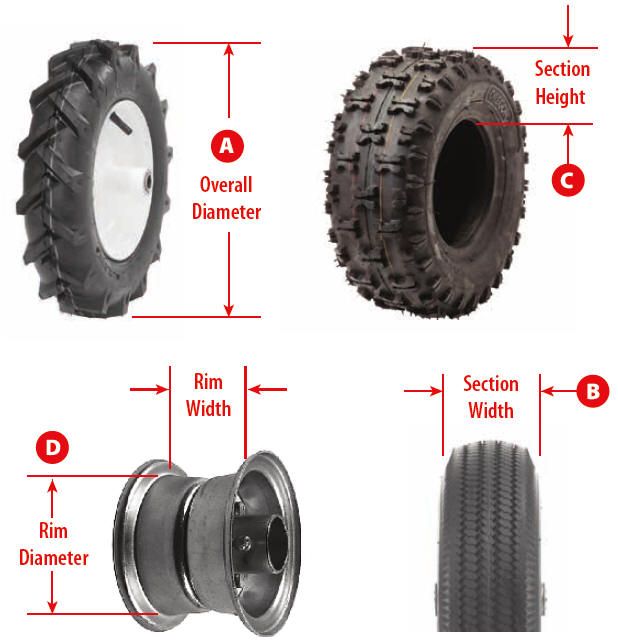 Ply ratings used to correspond with the actual number of layers of cotton cloth used, but with the advent of steel cordage in tire construction, the official ply rating system was adopted to reflect the toughness and capacity of the tire, regardless of actual layer counts. Bias-ply tires and old radial designs still use this rating method.
Ply ratings used to correspond with the actual number of layers of cotton cloth used, but with the advent of steel cordage in tire construction, the official ply rating system was adopted to reflect the toughness and capacity of the tire, regardless of actual layer counts. Bias-ply tires and old radial designs still use this rating method.
Even the best tractor for small farms can be rendered useless with the wrong tire installed, so careful consideration should be taken when choosing what size tires to shod your tractor with. Keep in mind that most tractors have a shorter tire up front compared to their rear tire, and this size ratio needs to be preserved if you want your tractor to sit level.
More importantly, most modern farm tractors are 4×4, and changing this size ratio can destroy your gear train. Overall tire height can be changed on a 4×4 tractor, however, you must change front and back tire profiles equally to avoid major damage. Consult your tractor’s manufacturer for guidance if you have questions about different tire size compatibilities, and how they affect the operation of your tractor.
Consult your tractor’s manufacturer for guidance if you have questions about different tire size compatibilities, and how they affect the operation of your tractor.
In short, the standard method of tire size expression is simple but leaves you hunting for more information like load ratings and style. The metric system is a convoluted expression system that uses; millimeters to show width, a percentage to indicate sidewall height, a wheel size in inches, a load index number you’ll need to cross reference, a speed rating you’ll have to look up, and a style code. Excessive? Maybe, but having all this information makes ordering tires an awful lot easier.
What do you think? Are tractor tire sizes more complicated than they should be?
Denis Piccolo - published on 21/04/2022
 In fact, the weight of a tire has much more to do with its application than its overall quality. Find out what affects tire weight in our latest blog.
In fact, the weight of a tire has much more to do with its application than its overall quality. Find out what affects tire weight in our latest blog. You've probably heard this statement: "The heavier the tire, the better its quality." Of course, mass and quality are connected, but everything is much more complicated. Today, BKT experts will explain this relationship and note the factors that affect tire mass.
Tire weight basics
The weight of a tractor tire, like any other off-road tire, depends on more than just tire size. With the same size, a tire designed for increased load capacity will be heavier, since it uses additional reinforcing elements.
BKT tyres, for example, feature a large amount of material in the bead. On the one hand, this slightly increases the mass, and on the other hand, it reduces the amount of damage to zero. In other words, with the added weight, you don't have to worry about fixing cracked tractor or loader tires.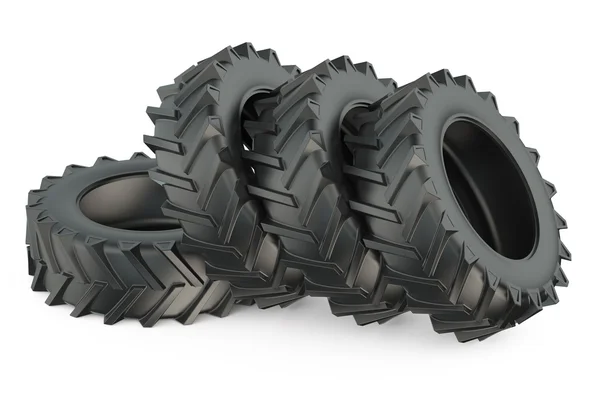
A significant proportion of the mass of a tire is in the tread. In this case, other elements, such as belts, shoulder areas, sides and carcass, should be taken into account. They are the ones that can be tested and improved during development to achieve the desired combination of performance and price.
How much does a tire weigh on average?
Still want to know how much a tire weighs? It is likely that you often look at the weight table for off-road and agricultural tires. We will satisfy your curiosity and tell you how much some of our best-selling models weigh - from light to heavy:

So similar but very different
AGRIMAX FORCE and AGRIMAX V-FLECTO tires in the same size 710/70 R 42 are BKT's most popular agricultural tires. The first model designed for tractors with engines over 250 hp. with., equipped with IF technology, and the second tire is designed for tractors of new generations and endowed with VF technology.
However, the difference in weight between these tires is negligible: the first weighs 347.4 kg and the second 340.84 kg.
Weight is the most important element
Choosing the right tire comes down to durability, speed index, self-cleaning and puncture resistance. It is these parameters that BKT engineers are working on, creating tires for various applications. But there is another important, even fundamental, factor for any tire - its weight.
It is these parameters that BKT engineers are working on, creating tires for various applications. But there is another important, even fundamental, factor for any tire - its weight.
BKT invests heavily in research and technology to reduce tire weight.
Why do we strive to produce lightweight tires? Of course, tires are designed for specific applications, which determines their weight. But in general, lighter tires tend to have lower rolling resistance, leading to lower fuel consumption and cost by using fewer materials. The ultimate goal is to improve performance and environmental performance.
Tires for tractors are selected based on operating conditions. Tractors of the Minsk Tractor Plant (MTZ) are universal and are used very widely: when clearing snow on the streets, plowing fields and harvesting, etc. Accordingly, there is no universal “rubber” option for them. It all depends on how the equipment will be used: on what soil, in what speed mode, etc. The model also plays a role - it is obvious that a heavy tractor needs larger and stronger tires than a compact “mini”, and the pressure in tires MTZ 82 will be different than in the chambers of a forest tractor type L82.2. Sets for the front and rear axles are selected separately.
The model also plays a role - it is obvious that a heavy tractor needs larger and stronger tires than a compact “mini”, and the pressure in tires MTZ 82 will be different than in the chambers of a forest tractor type L82.2. Sets for the front and rear axles are selected separately.
The MTZ 82 tractor tire consists of a chamber and a tire. The chamber serves to hold air in the inner cavity of the tire. The chamber walls and tires filled with compressed air perceive the loads acting on the tire. The tire consists of a tread, carcass, breaker, beads and sidewalls.
The carcass acts as the main strength of the tire, whose characteristics determine its load capacity and strength. The frame is made of several layers of special rubberized cord fabric, whose layers are tightly superimposed on each other. The tread is a running part of the tire made of a three-dimensional rubber layer, tightly fitting the carcass. The lugs and tread depressions form a pattern, the shape of which determines the grip of the tire with the ground surface. The breaker is a cushion layer made of soft rubber and serves to soften the impacts transmitted from the tread to the carcass. The sidewalls of the tire have much thinner covering layers of rubber and serve to protect the sidewalls of the carcass from damage. On the rim, the tire is fixed with the help of the beads. Inside the boards are wire rings wrapped with the ends of the carcass cord layers. Wire rings increase the rigidity of the tire beads and prevent them from stretching.
The breaker is a cushion layer made of soft rubber and serves to soften the impacts transmitted from the tread to the carcass. The sidewalls of the tire have much thinner covering layers of rubber and serve to protect the sidewalls of the carcass from damage. On the rim, the tire is fixed with the help of the beads. Inside the boards are wire rings wrapped with the ends of the carcass cord layers. Wire rings increase the rigidity of the tire beads and prevent them from stretching.
Pneumatic tire MTZ 82:
The chamber is filled with compressed air through a valve with a spool installed on it, which is a reverse-acting valve. The design of the tire valve for the rear wheels of the MTZ 82 tractor allows you to connect to it a device for filling tires with water or a similar liquid for ballasting the tractor.
Usually MTZ 82 rear tires are 15. 5R38, front tires are 11.2-20. For each MTZ model, the manufacturer has established the recommended sizes of "rubber". Dimensions are selected according to the inner size of the tire, it must match the outer diameter of the rim. Otherwise, the owner has the right to choose between low- and high-profile tires, based on working conditions and financial capabilities.
5R38, front tires are 11.2-20. For each MTZ model, the manufacturer has established the recommended sizes of "rubber". Dimensions are selected according to the inner size of the tire, it must match the outer diameter of the rim. Otherwise, the owner has the right to choose between low- and high-profile tires, based on working conditions and financial capabilities.
Rear tires size 15.5-38 are distinguished by a reinforced breaker and radial placement of cords in the carcass. Tires, whose carcass has a diagonal arrangement of the carcass cord thread, form a tire profile plane with an angle of 50-54º, and tires with a radial design - their angle does not exceed 5º. The radial arrangement of the cords gives the tire better flexibility. Also, these tires improve the traction and grip qualities of the tractor, compact the soil and slip less, and have a longer tread wear life.
Operation and maintenance of MTZ tractor tires 82
The technical condition of the tires affects the traction and coupling properties of the tractor, its fuel consumption, throughput and productivity.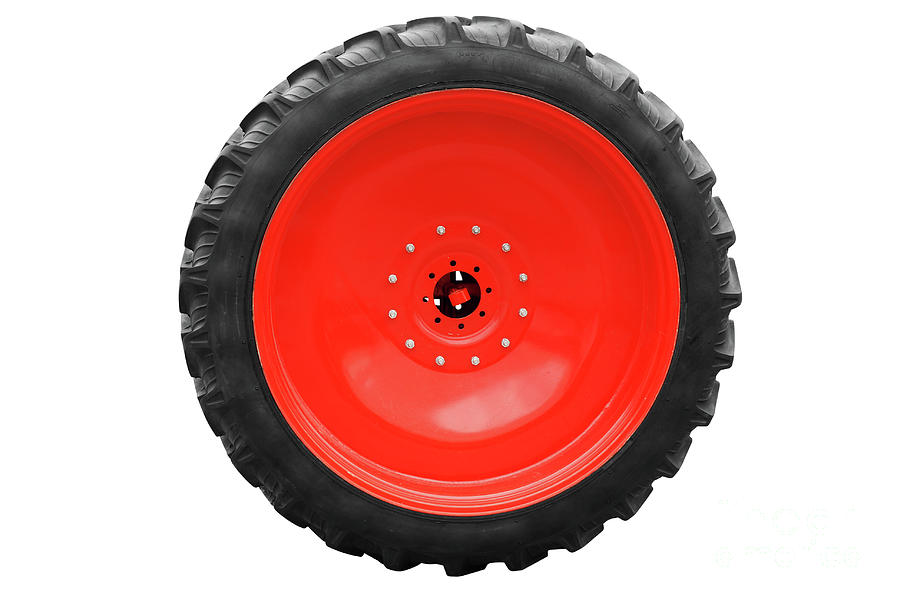 Thus, we can safely say that tires largely determine the productive and economical operation of the tractor. In addition, tires are expensive and wear parts of the tractor, the cost of which is about 12% of the cost of the tractor itself. Tires are changed 3-4 times during the entire life of the tractor, therefore, the cost of operating tires is approximately 20% of the total cost of operating the tractor.
Thus, we can safely say that tires largely determine the productive and economical operation of the tractor. In addition, tires are expensive and wear parts of the tractor, the cost of which is about 12% of the cost of the tractor itself. Tires are changed 3-4 times during the entire life of the tractor, therefore, the cost of operating tires is approximately 20% of the total cost of operating the tractor.
The service life of a tire is affected not only by compliance with the rules of operation, but also by the conditions in which they are used: air humidity and temperature, road surface and soil properties. When using the tractor in the field, the service life of the tires is about 6000 hours, and when performing transport work, they wear out much faster. On stony soils, in mountainous areas, the tire life is reduced by 25-35%, and on winter snow cover, on the contrary, it increases by 25-30%.
The front drive tires MTZ 82 wear out faster than the rear ones. This is due to the fact that the rolling radius of the front tires is 1. 7 times less than that of the rear ones. Passing the same path, the front tires make more revolutions.
7 times less than that of the rear ones. Passing the same path, the front tires make more revolutions.
| Type of work | rear wheels | front wheels |
| For working on soft soils and plowing | 1. 0+0.1 0+0.1 | 1.4+0.1 |
| For working with heavy agricultural equipment | 1.6+0, 1 | 2.5+0.1 |
Violation of the norms of internal pressure in tires significantly reduces their service life. An internal pressure that is 20% lower than the norm reduces the service life by 15%, and an increased pressure reduces the service life by 10%. When performing certain types of work, temporary tire overload is permissible.
Due to the fact that there are many varieties of MTZ-80 for different tasks, the tire, respectively, can be different and differ in structure. The frame plays an important role, because all the effort and load falls on it. The correct carcass should evenly distribute the load, which increases the life of its tire and performance.
Fortunately, correct tire pressure and maintenance on your tractor will make changing a tire a breeze.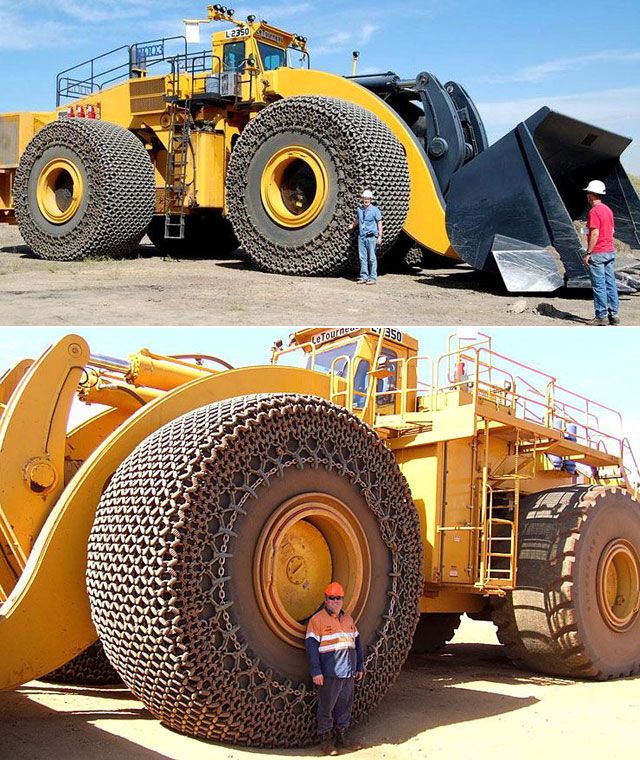 According to statistics, for the entire life of the tractor, it is enough to replace the rubber 4 times. The agricultural tractor has a small feature related to the size of the wheels. For example, the diameter of the wheels is smaller in front, the rear wheels are an order of magnitude smaller. The pressure in the tractor tires on different wheels may differ, but in extreme cases, you can adhere to the indicator 1.4 kgf / cm2
According to statistics, for the entire life of the tractor, it is enough to replace the rubber 4 times. The agricultural tractor has a small feature related to the size of the wheels. For example, the diameter of the wheels is smaller in front, the rear wheels are an order of magnitude smaller. The pressure in the tractor tires on different wheels may differ, but in extreme cases, you can adhere to the indicator 1.4 kgf / cm2
I must say that the radiality of the front wheels R20, installed on this model of the Belarusian tractor, is optimal for standard operation.
However, the machine can also be used in winter, in conditions of high snow cover, as well as when working in quarries, swamps and in other more difficult conditions.
That is why the manufacturer allows independent intervention of drivers and the choice of wheels of other recommended parameters.
 .. 8 - 18 on it, which will reduce the tread height and the tractor will become more stable on a hard surface.
.. 8 - 18 on it, which will reduce the tread height and the tractor will become more stable on a hard surface. When installing wheels of an off-design radius, the driver should be prepared for more frequent maintenance work to repair the suspension, bearings in the hub, change the oil and other procedures, since an off-design load on all systems provokes rapid wear of all parts. 82
In some cases, on the most inaccessible sections of the road, the classic rear or four-wheel drive of the tractor cannot cope with a thick layer of mud and return back to its track.
However, this does not mean at all that the equipment will not be able to overcome such a section, since the driver just needs to change the mode - turn on the center differential lock and brake, which will make the wheels rotate simultaneously and the tractor driver will be able to pull the car out of almost any mud.
This locking system has the following fairly simple design and principle of operation:
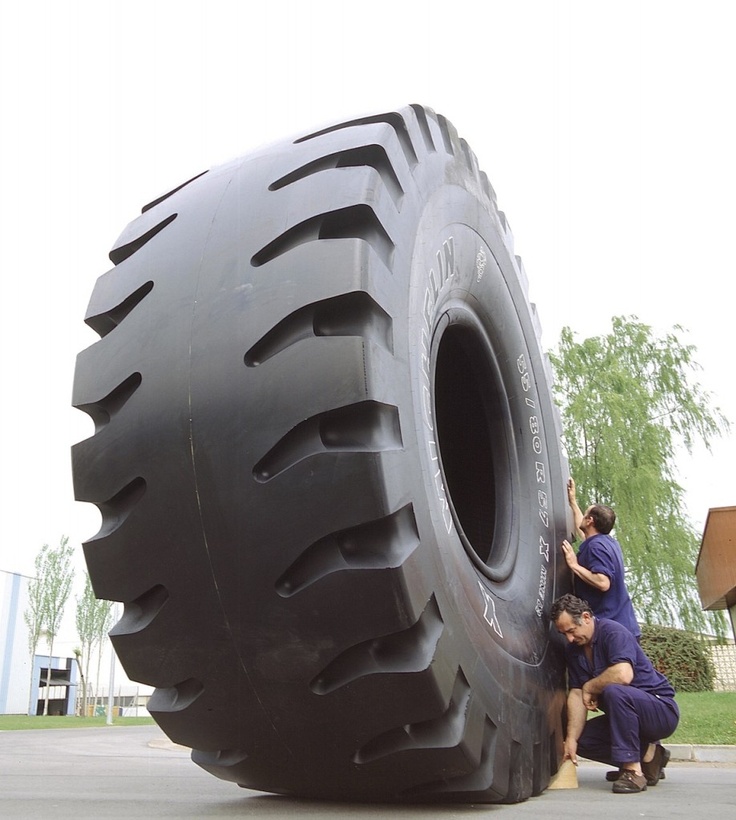
Tractor tire rupture Although the mechanical wheel lock is simple in execution and reliable in operation, it is difficult to operate and non-functional. Therefore, on modern models of Belarusian technology, a more advanced system is installed - a hydraulic locking drive, which is different in that it no longer requires effort and a long arm to actuate the mechanism, since the traction force increases many times under the action of compressed oil in the piston. However, such a system can cause leakage in the piston when overloaded and more time-consuming and costly repairs to the equipment.
Often, on various Internet forums, owners and operators of MTZ-82 tractors complain about the problem when, while driving on a hard surface, their wheels become loose and start to “run”, which causes discomfort in cabin, and also causes damage to mechanisms.
The reason for these problems lies in several possible breakdowns of various systems at once, and the most common of them are listed below:
 In addition to the rods, you should also check the shafts, couplings, ball bearings, bipods and sectors, each of which has a thread with nuts and, accordingly, needs periodic tightening.
In addition to the rods, you should also check the shafts, couplings, ball bearings, bipods and sectors, each of which has a thread with nuts and, accordingly, needs periodic tightening. 
Tire fitting for the MTZ 82 tractor Any problem with the smoothness of the movement of agricultural equipment requires a thorough check, since later it can easily result in more serious breakdowns. In addition, the operator or owner of the tractor should choose the nearest service center for himself and carry out periodic maintenance of the undercarriage of his unit at least once a year if there are no problems, and also regularly check and, if necessary, adjust the pressure in the MTZ 82 tires. Only with such equipment will serve for decades and does not require large investments.